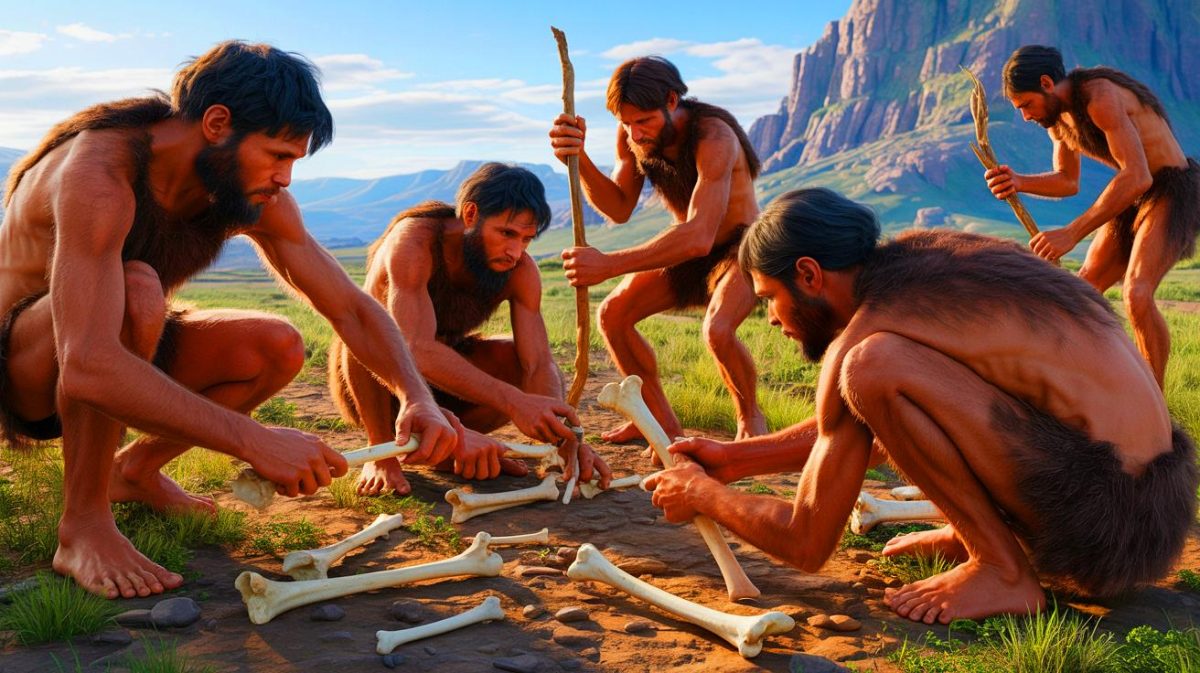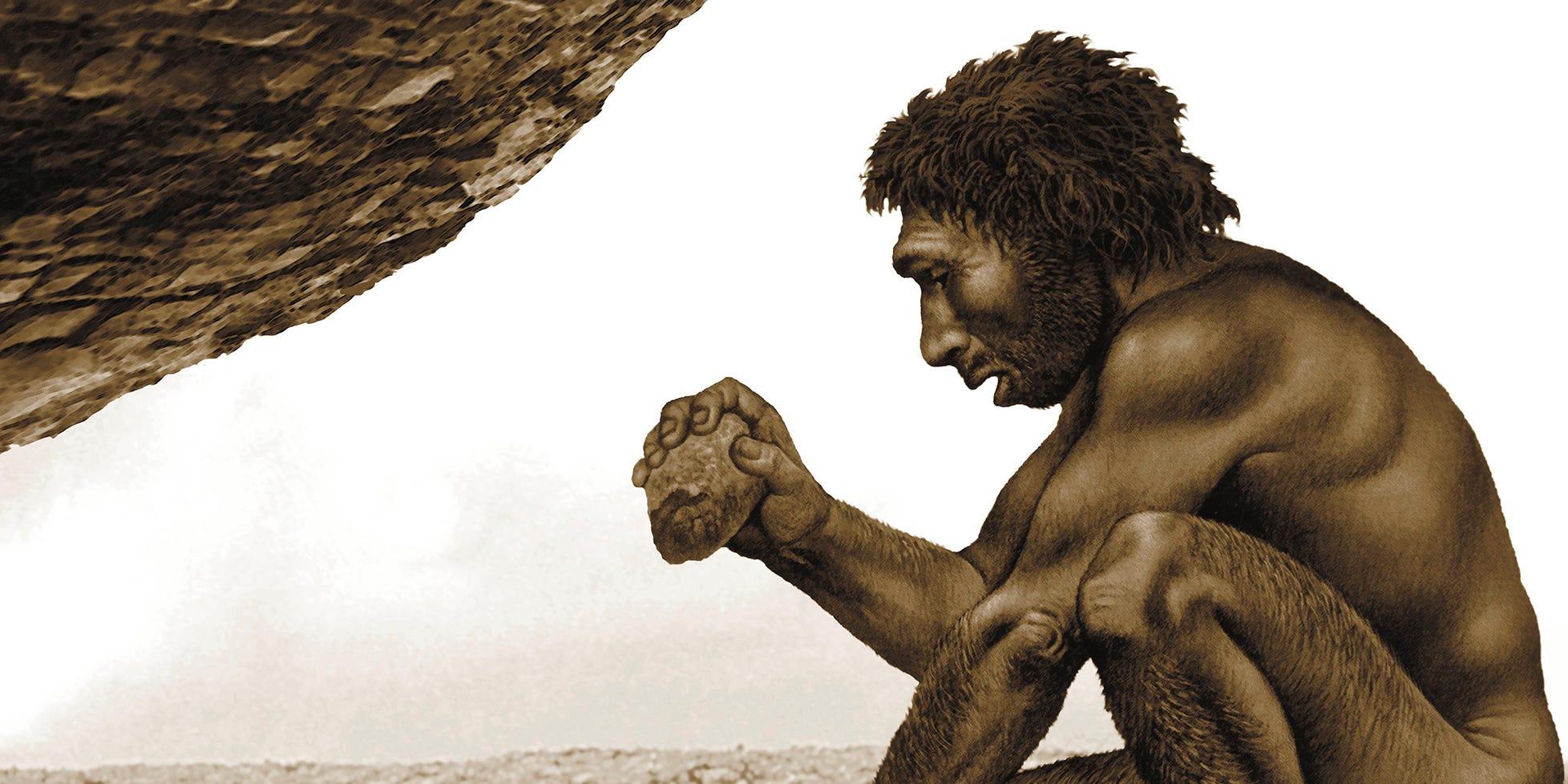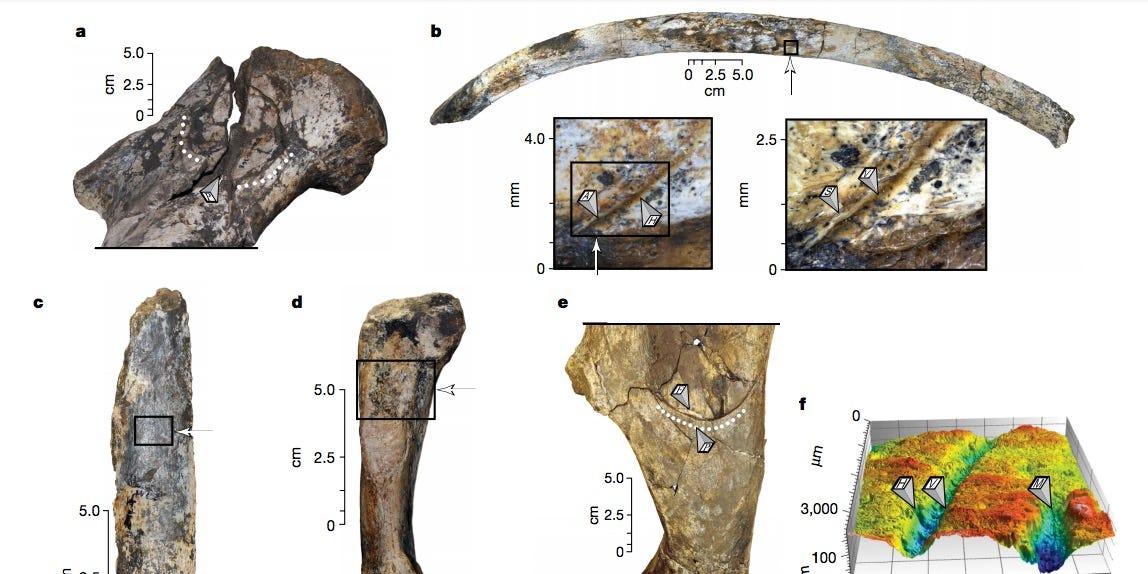| IN A NUTSHELL |
|
The discovery of a collection of 27 bone tools in Tanzania is shedding new light on the capabilities of early human ancestors. These tools, estimated to be 1.5 million years old, suggest that hominins were engaging in systematic toolmaking far earlier than previously believed. This groundbreaking find not only challenges our understanding of early human technology but also highlights the cognitive abilities of our ancestors. As researchers delve into these ancient artifacts, they uncover a story of innovation, adaptability, and intellectual advancement that reshapes our perception of the past.
The Remarkable Discovery in Tanzania
In a remarkable archaeological breakthrough, a team of researchers unearthed 27 fossilized bone tools in Tanzania’s Olduvai Gorge. These tools, crafted by hominins approximately 1.5 million years ago, provide compelling evidence of advanced toolmaking techniques. Until now, the earliest known bone tools dated back only 500,000 years, making this discovery a significant outlier. The bones, primarily from elephants and hippopotamuses, were skillfully shaped to create useful tools, showcasing an extraordinary level of craftsmanship and cognitive development. This find suggests that early humans were not only adept at working with stone but had also mastered the art of bone tool production, a process that involved a technique known as “knapping.”
Knapping, traditionally associated with stone toolmaking, involves chipping away flakes to form sharp edges. The fact that this method was applied to bone tools as well indicates a sophisticated understanding of material properties and adaptability. The tools’ purpose appears to have been largely utilitarian, likely used for processing animal carcasses for food. This systematic approach to toolmaking challenges long-held assumptions about the technological capabilities of early hominins and suggests a level of cognitive complexity that researchers had not previously credited to our distant ancestors.
Implications for Understanding Hominin Culture
The implications of this discovery extend beyond the mere existence of ancient bone tools. It points to a significant technological transition within hominin culture. This transition reflects an expansion in the range of materials used for toolmaking, demonstrating an advanced level of creativity and problem-solving. The ability to transfer skills from stone to bone is a testament to the cognitive advancements occurring during this period. Such a leap in technological capability underscores the intellectual prowess of these early humans, indicating they possessed a remarkable capacity for innovation and adaptation.
Researchers believe that this transition marks one of the earliest technological shifts in human history. By incorporating new materials and techniques, early hominins expanded their toolmaking repertoire, setting the stage for further advancements in human evolution. These findings challenge previous assumptions about the pace of technological development and highlight the dynamic nature of early human culture. As scientists continue to study these tools, they may uncover additional insights into the social and environmental factors that drove such innovation, offering a more nuanced understanding of our ancestral heritage.
Scientific Validation and Methodology
The discovery and analysis of these bone tools were carried out by a team of researchers from University College London and the Spanish National Research Council. Their findings, published in the journal Nature, represent the earliest substantial collection of bone tools ever found. The meticulous examination of tool markings revealed that they were not the result of carnivore activity, as previously assumed, but rather showed intentional craftsmanship. This meticulous analysis lends strong scientific validation to the hypothesis that early humans possessed advanced toolmaking skills.
Researchers employed a range of techniques to study the tools, including microscopic analysis and experimental replication. By recreating the toolmaking process, scientists were able to better understand the methods used by early hominins. This rigorous approach not only confirmed the intentional nature of the tool production but also provided valuable insights into the cognitive abilities of our ancestors. Such thorough scientific inquiry ensures the reliability of the findings and reinforces the significance of this discovery in the broader context of human evolution.
Reevaluating Our Perception of Early Humans
This discovery compels us to reevaluate our perception of early human ancestors and their intellectual capabilities. The sophisticated toolmaking skills demonstrated by these ancient hominins indicate a level of cognitive development that was previously underestimated. By transferring their knowledge of stone toolmaking to bone, early humans showcased an ability to adapt to new challenges and innovate in the face of changing environments. This intellectual leap reflects a deeper understanding of material properties and a capacity for abstract thought, traits that are fundamental to human evolution.
As we continue to uncover evidence of early human ingenuity, we are reminded of the complexity and adaptability that characterize our species’ history. The tools from Tanzania offer a glimpse into a past where creativity and innovation were driving forces in survival and progress. This newfound understanding prompts us to question what other hidden aspects of early human life remain to be discovered. How might future archaeological finds further alter our understanding of human evolution and the remarkable journey of our ancestors?
Did you like it? 4.4/5 (23)










Wow, 1.5 million years ago?! That’s mind-blowing! 🧠
Can someone explain knapping to me? How does it work with bones?
The article doesn’t mention how they dated the tools. How accurate is the dating process?
Isn’t it amazing that early humans were so innovative? Thanks for sharing this!
Does this mean we need to rewrite history books again? 🤔
I wonder what other tools are still waiting to be discovered.
How do they know these tools were used for processing carcasses? Could they have had other uses?
That’s a huge leap in our understanding of early human technology. Incredible!
Great read! But why haven’t we found more of these bone tools before?
It’s fascinating to think about the cognitive abilities of our ancestors. 😊
So, early humans were basically the original MacGyvers. 😂